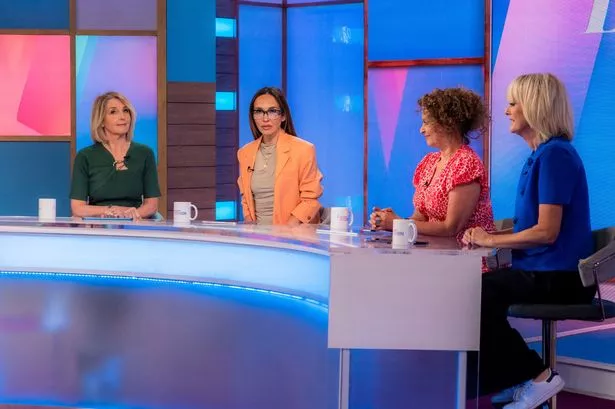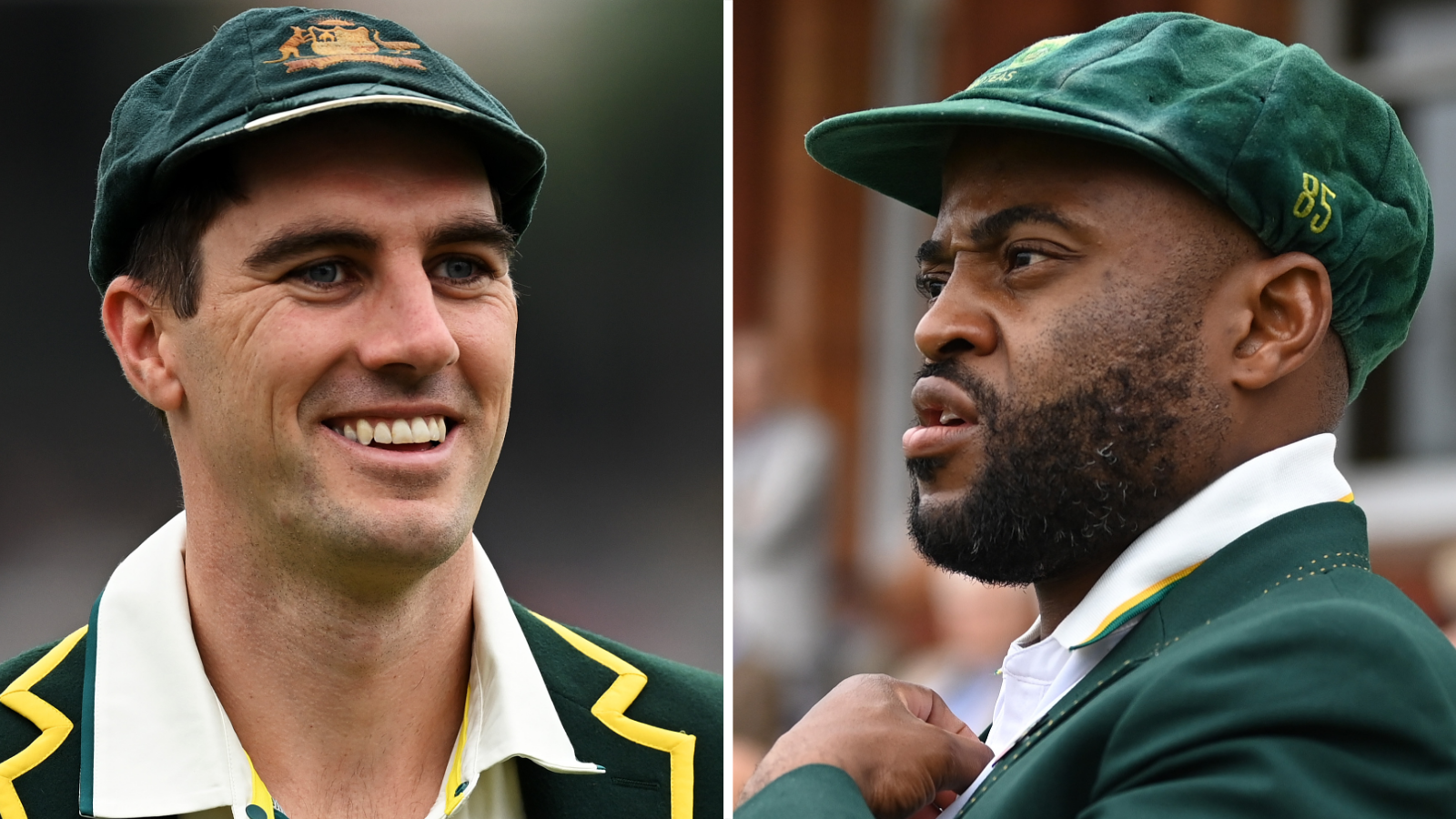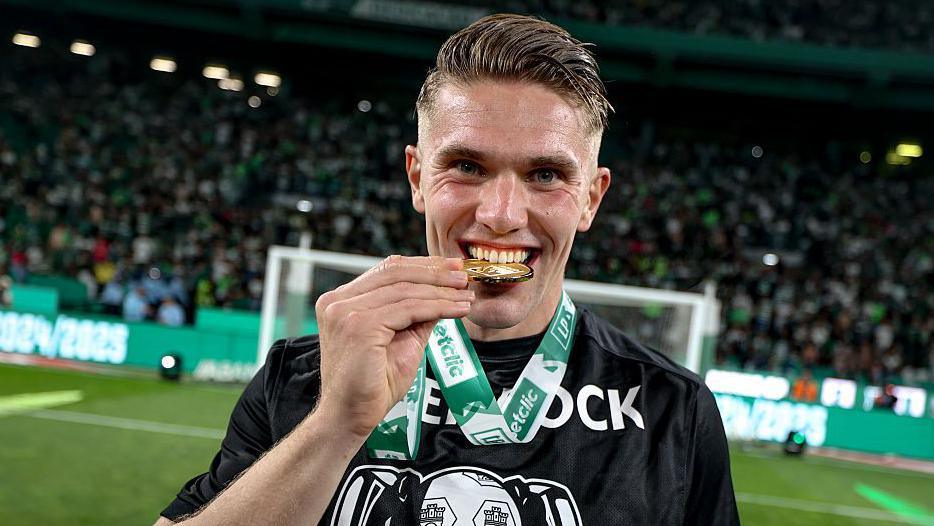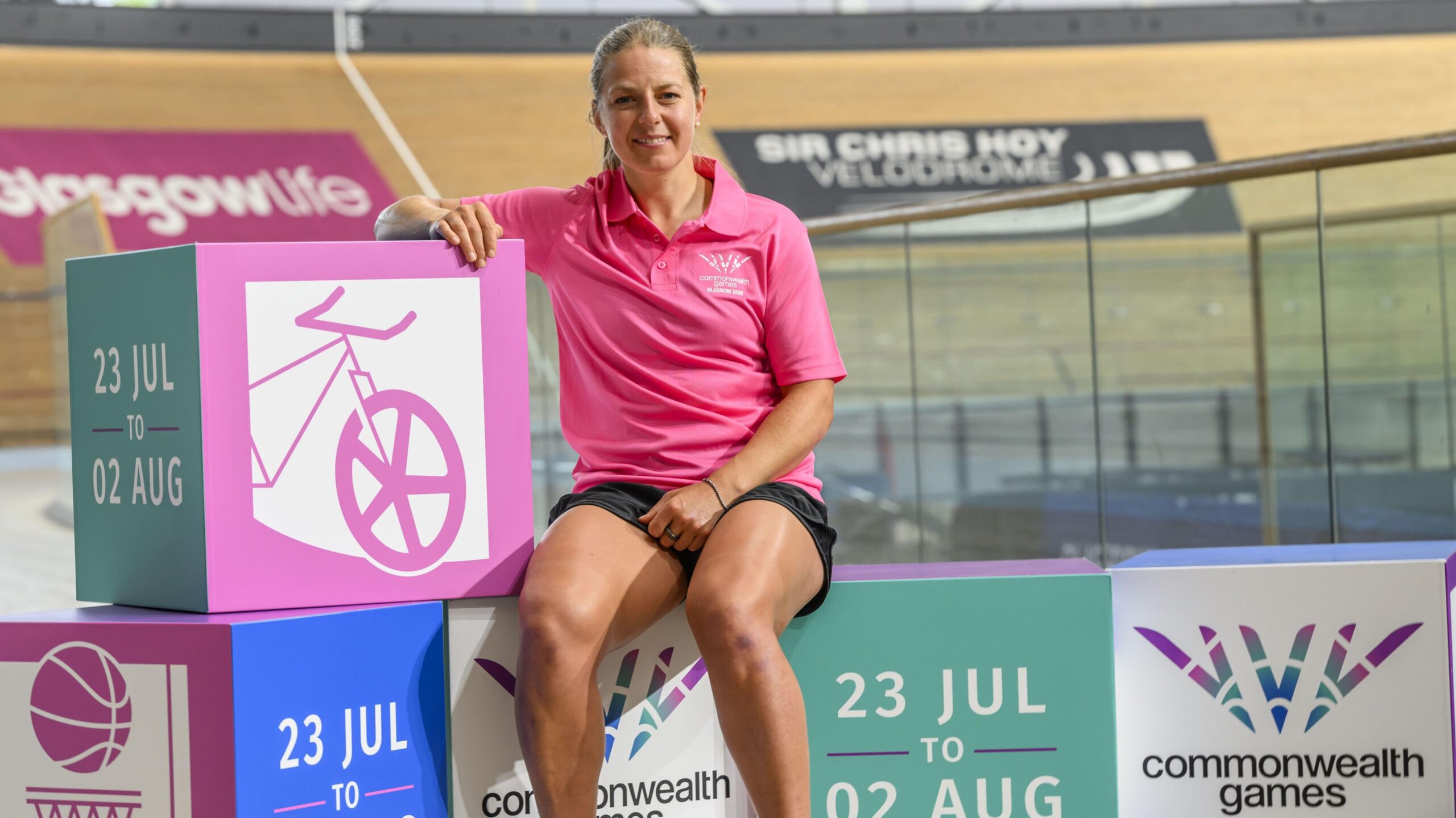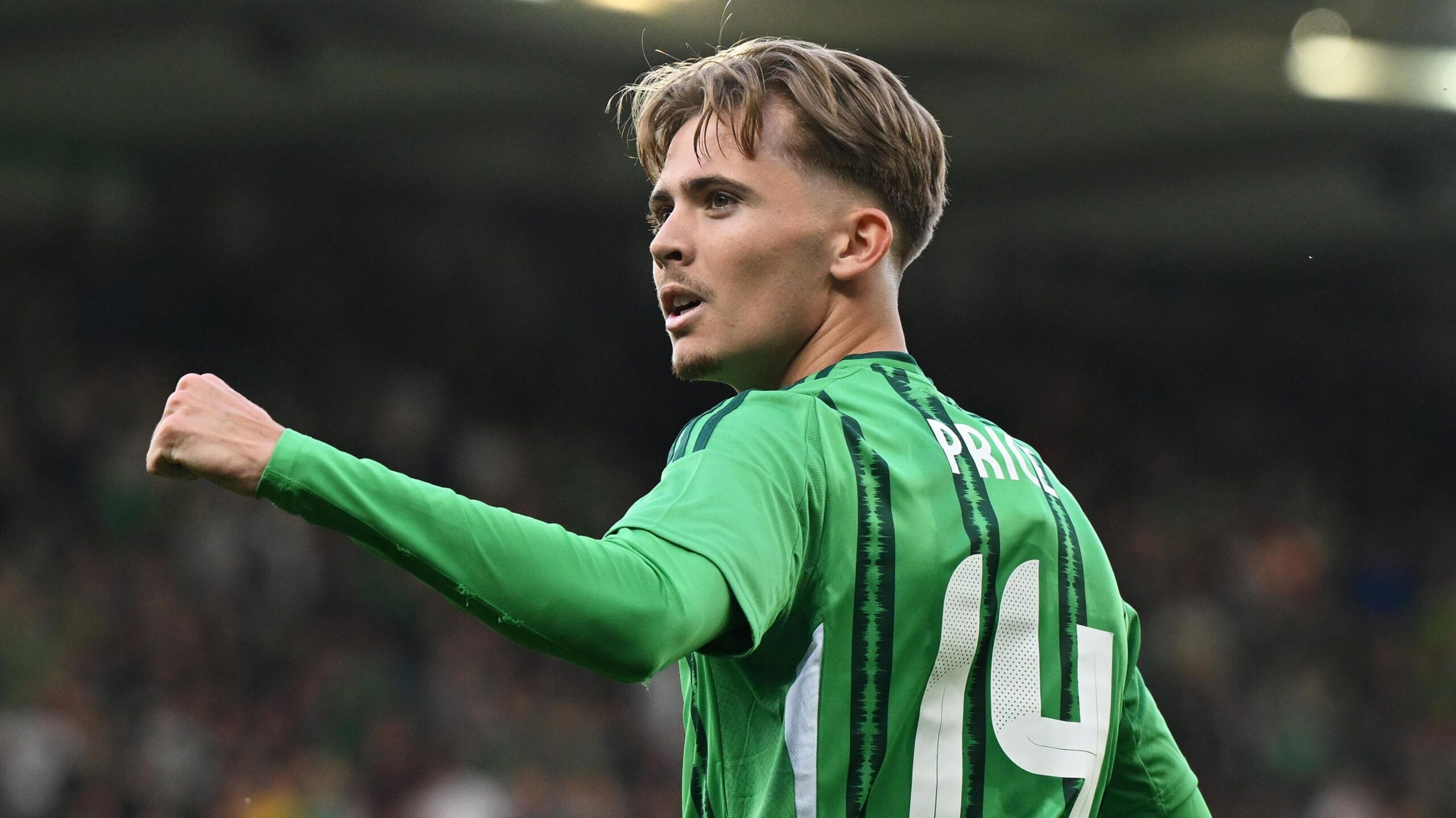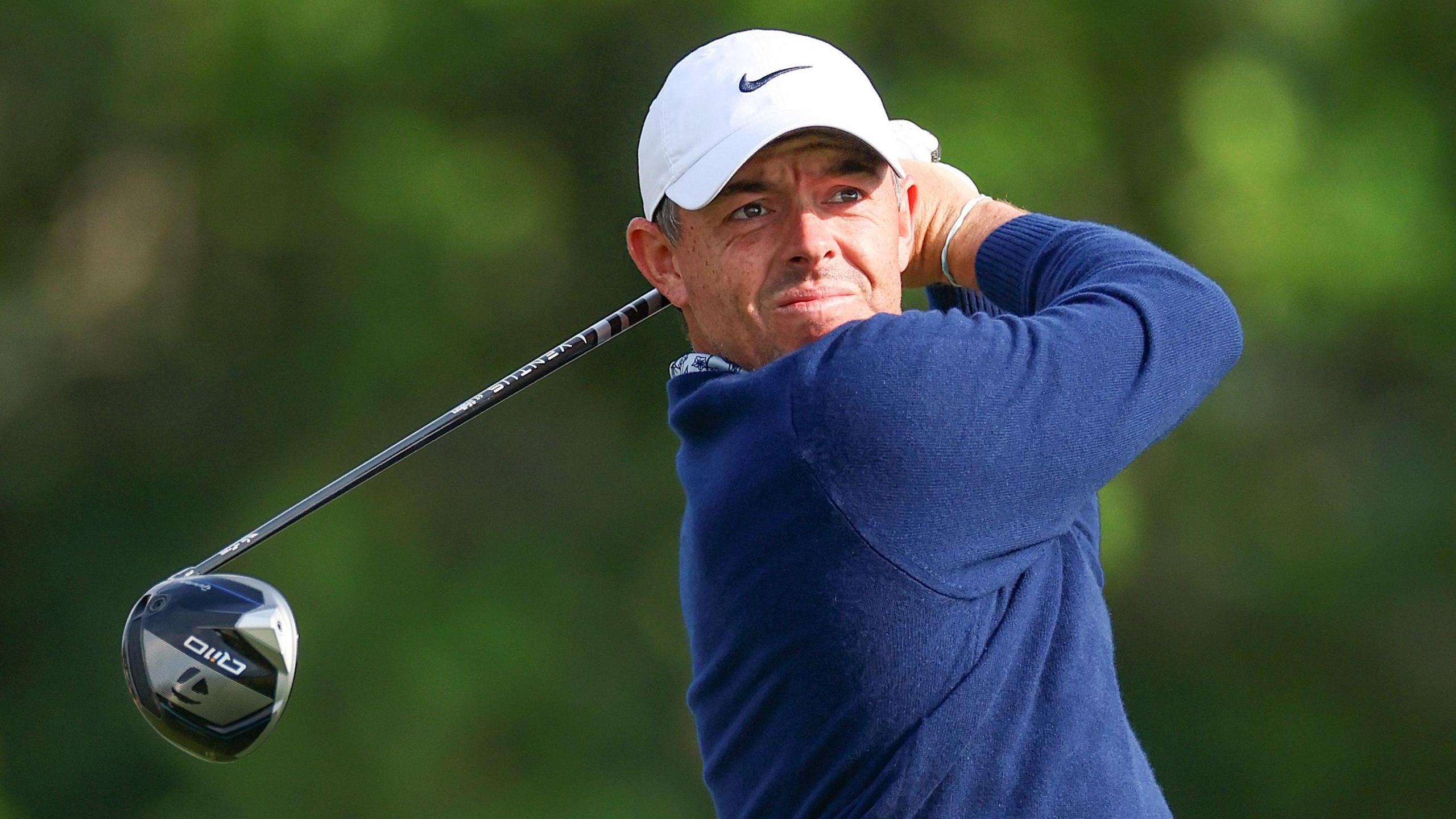A Loose Women presenter has opened up on the “humiliating” process of having to sell some of her belongings, as she prepares to downsize amid the uncertainty of the ITV job cuts
Loose Women’s Kaye Adams has opened up about the “humiliating” process of selling her belongings as she prepares to downsize amidst ongoing job cuts at ITV. She admits that while she had initially signed up for reality show The Yorkshire Auction House some time ago, the “humbling” experience has now become more of a pressing need.
The programme features expert auctioneer Angus Ashworth visiting people’s homes and appraising items for sale at auction. Occasionally, the experts have the unenviable task of revealing that family heirlooms may not be as valuable as hoped.
“It’s quite humbling, actually,” Kaye said in her How To Be 60 podcast. “I had earmarked the kind of things that I thought they could take, because I’ve got a lot of stuff that was in my mum and dad’s house that I’ve held on to.”
While her partner, tennis coach Ian Campbell, was rather nonchalant about what Angus and his team might cart away, Kaye admitted to being more sentimental about some of the pieces: “I wasn’t sure about the grand piano, because I love the baby grand piano,” she shared with her podcast co-host Karen MacKenzie.
There were also pieces of furniture that held deep sentimental value for Kaye: “My dad’s chair is the ugliest thing, but what I loved was the image of my dad sitting on that chair,” she reminisced. ” I liked the image of my dad sitting in it with a glass of whiskey, in front of a roaring fire.”
Some other items stirred a bit of disappointment as well, like a hefty desk that Kaye’s daughter had believed was meant for her, but that hiccup was swiftly resolved, Kaye said: “It was okay because the next day the guy said, ‘Nobody will give you anything for that.’ Nobody wants big dark furniture, apparently.”
Kaye also spoke about the necessity of being at the auction, a situation she found “humiliating”. She further complained that if the items fail to sell, “You just slink off with your tail between your legs in your hire van,” and then face the cost of having the auction house dispose of them.
However, some of Kaye’s belongings did pique the interest of the auctioneers, particularly because mid-century modern pieces – especially Ercol designs from the Sixties and Seventies – are currently sought after.

Kaye Adams shares update to Loose Women schedule
“I had these two leather chairs,” she revealed. “They look like they come out of a Los Angeles brothel in 1979…sort of tan colour. I bought them about 20 years ago in a shop in Edinburgh. He’s quite excited by those.”
Additionally, Kaye has a collection of Lladró ceramic figurines passed down from her mother. Certain unique creations from the Spanish brand can fetch upwards of £10,000.
Kaye has admitted she had a “few sleepless nights” after news broke of the major shake-up in ITV’s daytime schedule.
The popular daytime show Loose Women is set to air for only 30 weeks a year, a significant cut from its usual full-year schedule. Kaye expressed her concerns in a previous podcast episode, stating: “It’s going to have an impact,” and added: “Lots of people will lose their jobs completely, which is terrible.”
Kaye confessed that the drastic changes, affecting not just Loose Women but also Lorraine Kelly’s programme, caught her off guard: “I didn’t anticipate it, which is probably stupid in retrospect, but you get into a sort of rhythm of life..”
ITV is bracing for the departure of approximately 220 staff from its daytime lineup, including GMB, Lorraine, This Morning, and Loose Women. Rumours suggest that along with production crew redundancies, there might be fewer panellists.
Nadia Sawalha, a fellow presenter, remarked on the uncertainty of her position, saying she “could be let go tomorrow, [or] in five years.”
Despite the upheaval, Kaye is trying to stay positive, sharing her mindset: “I gave myself a talking-to and I listened to my own advice for once. Change is hard, but it can be good.




